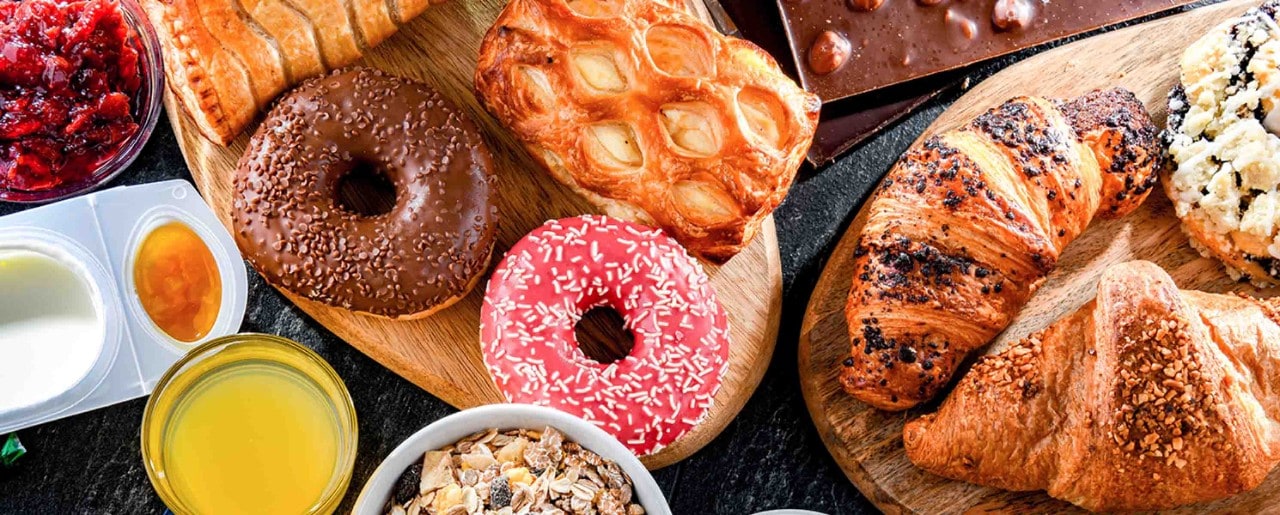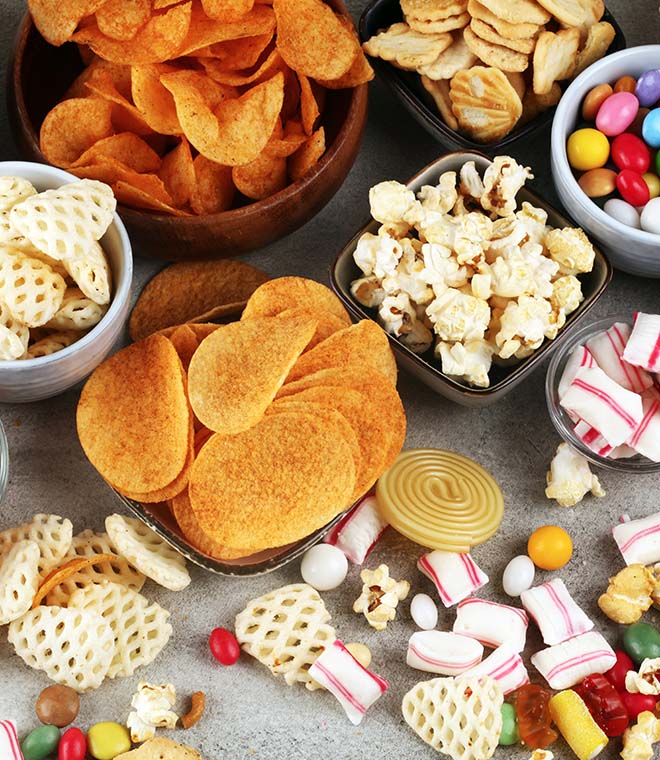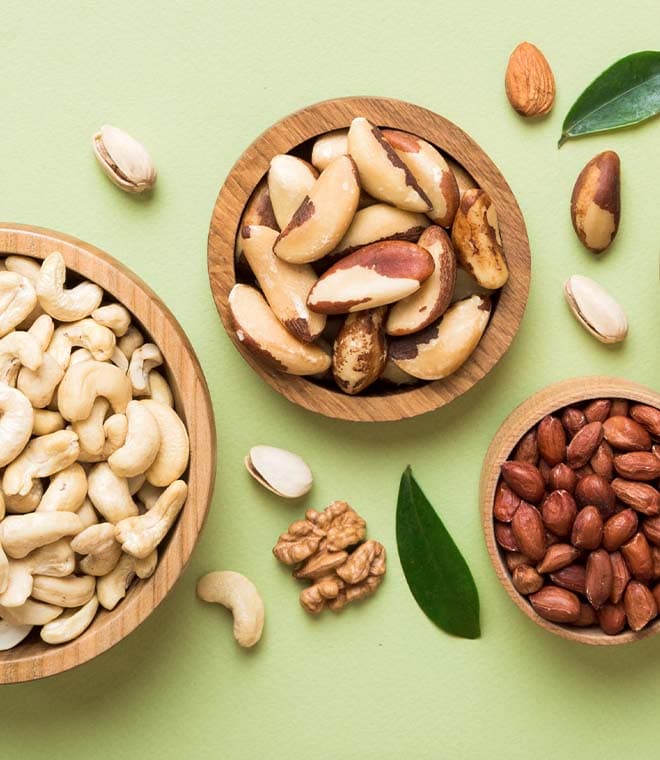Wellness
What are foods with high glucose?
By Michelle Katz, MS, RD, certified diabetes care and education specialist Apr 18, 2025 • 5 min
Eating the right foods can help you control your blood sugar if you have diabetes or prediabetes. Knowing which foods are high in glucose — and how much of these foods you should eat — is an important first step toward making healthy food choices.
What is the glycemic index?
The foods and beverages you choose to consume play an important role in managing your blood sugar or glucose levels. Some foods cause blood sugar levels to rise sharply and quickly while others have a moderate or minimal effect on blood glucose.
The extent to which a particular carbohydrate-containing food changes your blood sugar levels is expressed as its glycemic index. The higher a food’s glycemic index, the more — and more quickly — it can affect your blood sugar. The glycemic index ranks foods from 1 to 100. Foods that are generally free from carbohydrates such as oils, fats and meats are not measured on the glycemic index.
Foods with a high glycemic index
High-glycemic foods are quickly broken down and turned into glucose. They have a more dramatic impact on blood sugar levels. As a result, a person with diabetes has to be careful when eating them. When you do consume high-glycemic foods, control your portion size and eat them with protein and foods rich in dietary fiber for balance.
Sugary beverages
Drinks sweetened with sugar can cause rapid spikes in blood sugar. These include:
- Sugared soda
- Fruit punches and drinks
- Sports drinks
- Energy drinks
- Fruit juices with added sugars
- Coffee and tea sweetened with sugar or syrups
Alternatives to sugary drinks include water, diet sodas and unsweetened coffee and tea.
Sweets
Candies, cookies, cakes, doughnuts and other sweets made with sugar have a high glycemic index. However, you can find low-sugar options produced with alternative sweeteners instead. While these foods may be a better fit for a diabetes diet, they are usually still high in calories, so pay attention to portion size.
Refined grains
Whole grains contain all three parts of the grain: the bran, the germ and the endosperm. They’re high in dietary fiber and have only a moderate effect on blood sugar levels. To produce refined grains like white flour and white rice, manufacturers remove the bran and the germ, leaving behind only the endosperm. In this form, grains have a higher glycemic index and a more dramatic impact on blood sugar levels.
Potatoes
Compared to other vegetables, starchy potatoes have a much higher glycemic index. How you prepare them matters. Generally, mashed potatoes and French fries have more of an effect on blood glucose than boiled or baked potatoes. Alternatives to potatoes include:
- Beans
- Carrots
- Cauliflower
- Lentils
- Parsnips
- Squash
- Sweet potatoes
Some of these options are calorie-dense so consider portion size for weight management.
Certain fruits
Many fruits like apples, oranges, peaches and berries are low glycemic-index foods. However, there are fruits that have a higher glycemic index. These include mangos, bananas, pineapples and watermelon. Dried fruits also typically contain more natural sugar than raw fruits. In some cases, manufacturers actually add extra sugar to dried fruits to enhance their taste.
Keep in mind that even low glycemic fruits can impact your blood sugars. Consider adding a protein when eating fruit as a snack or as a part of your meal.
Other processed foods
Sugar can lurk in products that you wouldn’t expect. Bottled salad dressings, canned soups, frozen dinners and some condiments may contain large amounts of added sugar. Read all nutritional labels carefully.
Healthy eating with diabetes
No two people with diabetes have the exact same nutritional needs. Knowing the glycemic index of foods can be helpful but it shouldn’t be the only tool for managing your blood sugar levels. Paying attention to the amount of carbohydrates that you eat and choosing healthy foods are important parts of meal planning when you have diabetes. Your healthcare provider can help you get started with a diet for diabetes management that takes into consideration your age, sex, weight, overall health and diabetes treatment plan.
Updated April 2025.
Sources:
- https://medlineplus.gov/ency/patientinstructions/000941.htm
- https://www.mayoclinic.org/diseases-conditions/diabetes/in-depth/diabetes-diet/art-20044295
- https://www.niddk.nih.gov/health-information/diabetes/overview/diet-eating-physical-activity
- https://medlineplus.gov/diabeticdiet.html
- https://www.health.harvard.edu/healthbeat/a-good-guide-to-good-carbs-the-glycemic-index
- https://www.health.harvard.edu/diseases-and-conditions/healthy-eating-for-blood-sugar-control
- https://www.urmc.rochester.edu/encyclopedia/content.aspx?contenttypeid=56&contentid=DM113
- https://diabetes.org/healthy-living/recipes-nutrition/eating-well/diabetes-superstar-foods
- https://www.eatright.org/health/wellness/diet-trends/what-is-glycemic-index




